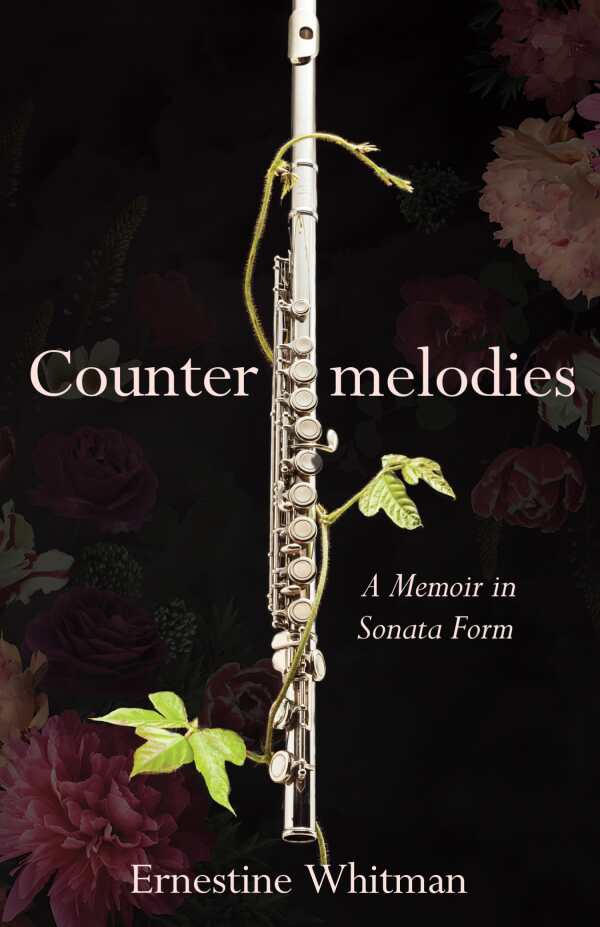Countermelodies
A Memoir in Sonata Form
Structured like a sonata, the lucid memoir Countermelodies is about a flutist’s career and how it was marked by her relationships with men.
Ernestine Whitman’s incisive memoir Countermelodies covers her career in the cutthroat world of classical music—a field otherwise dominated by men.
Born and raised in the American South in the 1950s, Whitman, the daughter of an Emory University economics professor who was stingy with his praise, fell in love with the flute when she was eleven. Due to her father’s emotional distance, she also came to crave the approval of older, more powerful men. When her high school music teacher recognized her talent, for example, she became devoted to him.
In time, Whitman proved to be a talented flutist. Still, her father discouraged her from pursuing her passion and insisted that she attend Emory, where her tuition would be free. She kept up her musical studies nonetheless and, in time, became the second flutist in the Atlantic Symphony Orchestra. Her former teacher became her colleague in the orchestra and traded his support for toxicity, belittling her performances and trying to throw her off mid-performance. But even as Whitman dealt with him and other men who sought to break her spirit with their bad behaviors, she learned from each experience and stayed true to her love of music.
Structured like a sonata, the book follows the progression of Whitman’s musical career and her relationships with men in clear stages. It is divided into three parts: exposition, development, and recapitulation. As in sonatas, contrasting themes (in the book’s case, Whitman’s search for father figures and her becoming a musician) also direct the entire work.
Told in limpid prose, the story begins on a bucolic note, with memories of Whitman visiting her grandmother and oddball uncle in their antebellum mansion. In contrast, its later audition scenes are tense with nerves, as are episodes in which various men create obstacles in Whitman’s career. At times, when relating intense personal incidents, emotions are kept in check, creating distance. A rape, subsequent depression, and a suicide attempt are recounted in a matter-of-fact manner, for example.
The book is best centered by its focus on music. Whitman’s dedication to the flute comes through in stories about her dealings with her high school peers, who had no idea why anyone would want to practice an instrument for hours a day. Her drive for excellence is further conveyed by memories of her ongoing quest for the perfect acoustics, whether in a moldy basement or standing on a desk. The intricacies of flute-playing are well attended to, and notes about intraorchestral relations make esoteric environments clear. Indeed, although it addresses a field with its own specialized vocabulary, the book covers characteristics of music pieces in lay terms. For example, it explains that in Le chant du rossignol, an orchestral suite based on an opera by Igor Stravinsky, “the flute takes the role of the nightingale.”
Countermelodies is an inspiring memoir about triumphing over obstacles in the pursuit of a musical career.
Reviewed by
Suzanne Kamata
Disclosure: This article is not an endorsement, but a review. The publisher of this book provided free copies of the book and paid a small fee to have their book reviewed by a professional reviewer. Foreword Reviews and Clarion Reviews make no guarantee that the publisher will receive a positive review. Foreword Magazine, Inc. is disclosing this in accordance with the Federal Trade Commission’s 16 CFR, Part 255.

